Blyth Battery Guns
Military In Blyth, Northumberland
Two replica Mark VII 6"naval guns mounted on the Blyth beach promenade.
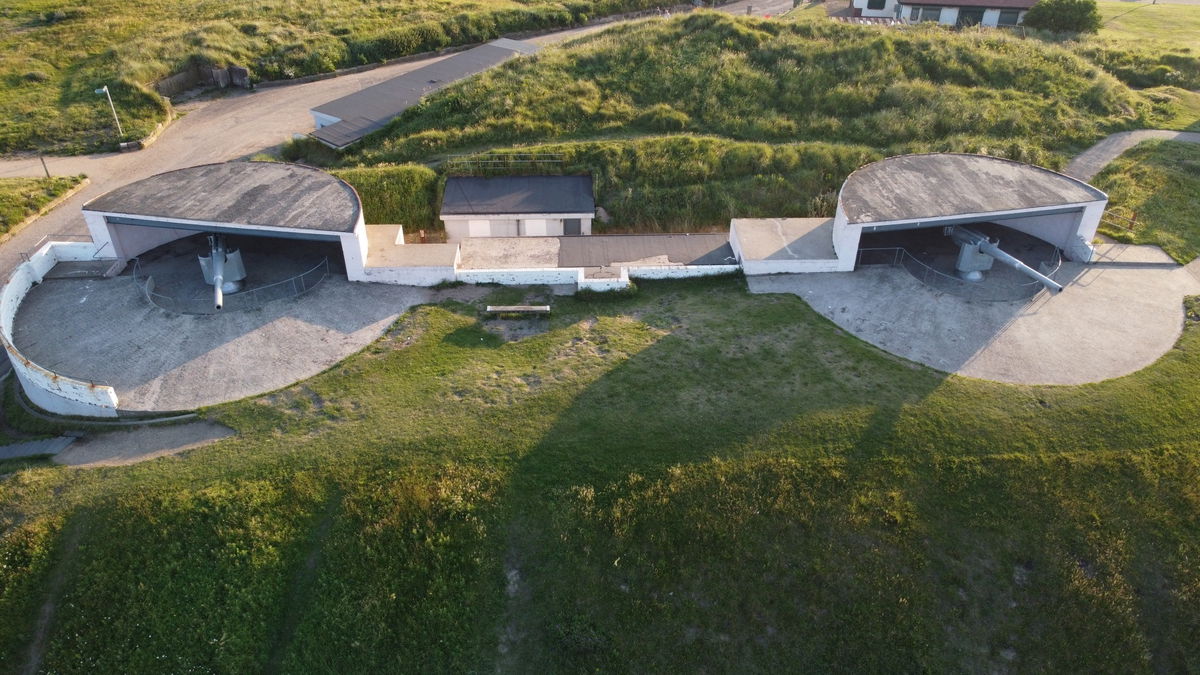
Blyth Battery includes the above and below ground remains of a World War I and World War II coastal artillery battery, situated among sand dunes in the South Beach area of Blyth. The bombardment of Hartlepool in December 1916 by the German High Seas Fleet, killing 86 civilians and injuring 424, was a turning point for coastal defence. It prompted the development of a wider coastal defence plan, and construction of a battery at Blyth commenced in August 1916 by the Durham Fortress Engineers RE.
The new battery's prime purpose was to prevent enemy landings and engage motor torpedo boats, but by the time of its completion in February 1918 it was also intended to protect the submarine depot ship Titania at Blyth. During World War I, the battery housed two six inch Quick Firing guns and two search lights. The guns were manned by four officers and 75 men of the Tynemouth Royal Garrison Artillery.
Officially known as Blyth Battery, the battery was also known as Coulson Battery after the RE Officer responsible for its construction, and also as Link House Battery.


In February 1940, the battery was re-excavated and by 14th March it was ready and mounted with two six-inch B.L. mk.VII guns. Initially called Seaton Battery, it was renamed Blyth Battery in June 1940. The battery was now manned by A Battery, 510 Coast Regiment R.A (TA) with five officers and 110 men. The regiment was an independent Fire Command and commanded Berwick, Amble, Druridge, Gloucester and Blyth Batteries. By April 1944 Blyth Battery was manned by the Home Guard and in late November 1944 was placed in care and maintenance.
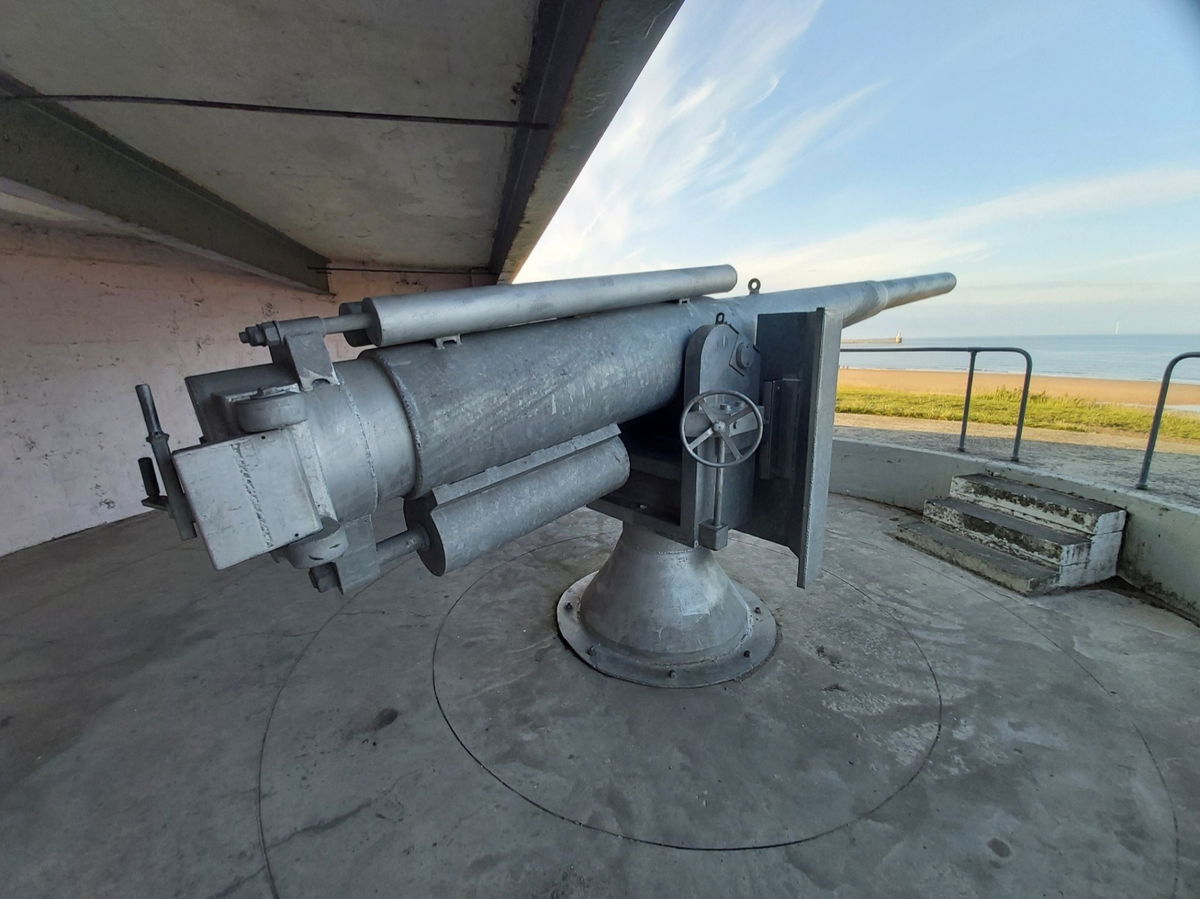
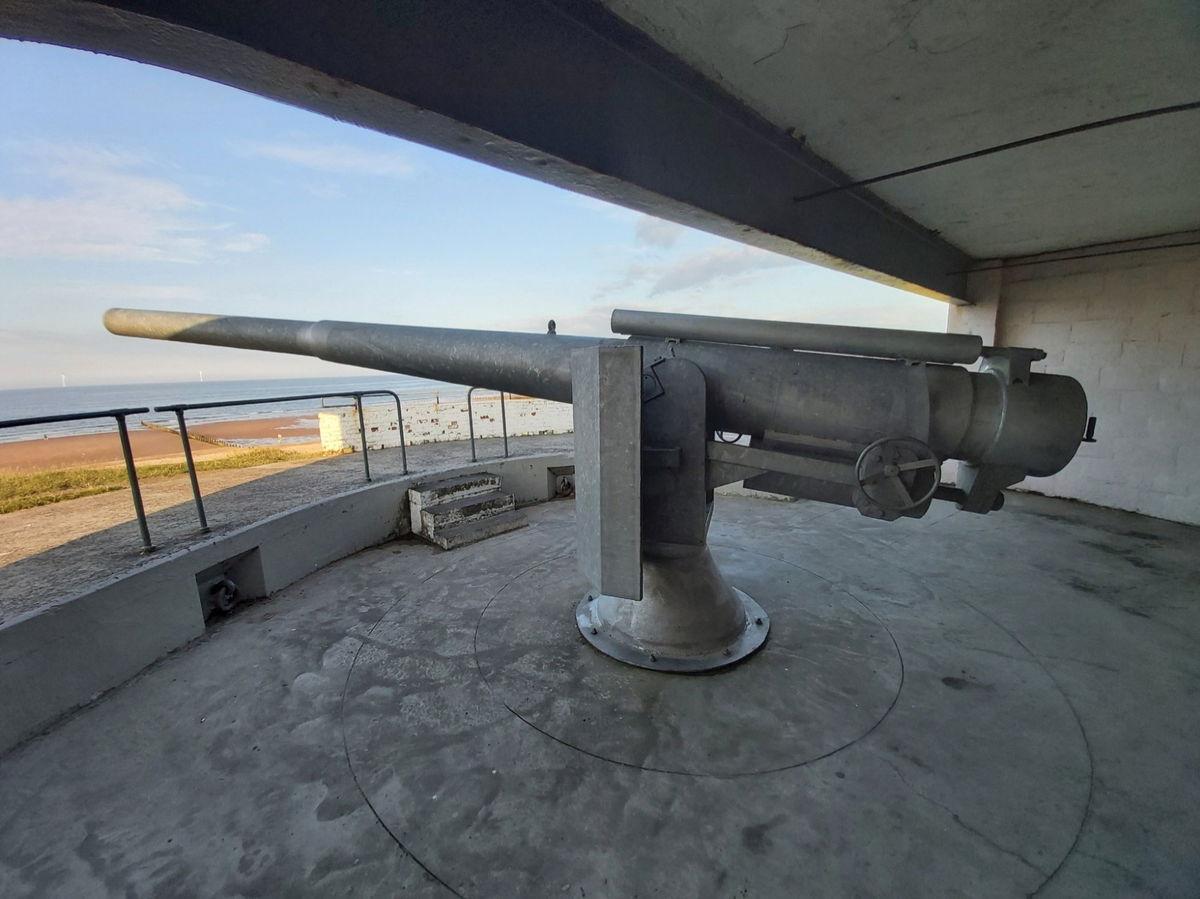
The two gun emplacements are Grade II Listed, each housing a six inch gun and are of typical World War I open form. They are seaward facing and fronted by a sloping apron of reinforced concrete. During World War II, each emplacement was provided with overhead protection in the form of a flat roofed superstructure, to protect the gunners from aerial attack.
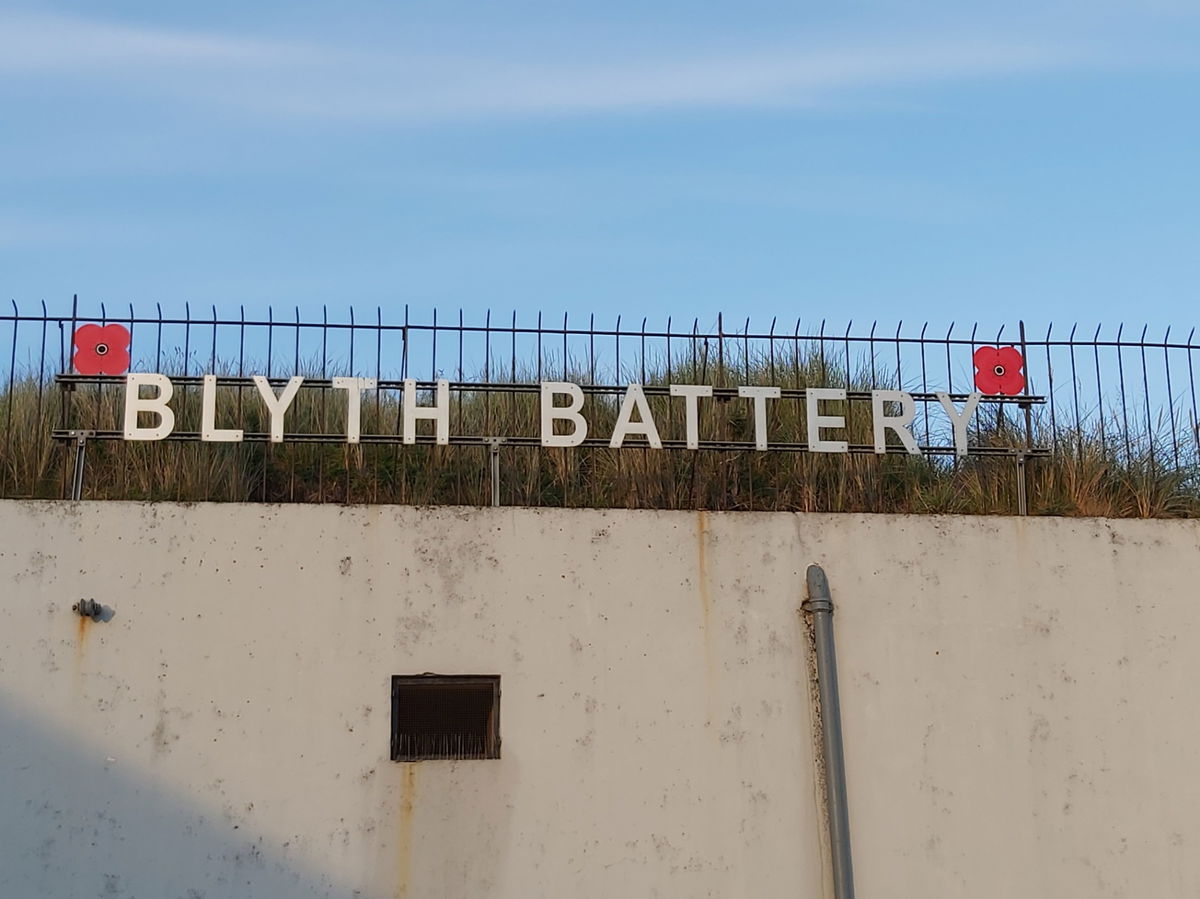
The guns that are on site today are in fact replicas of the original B.L. mk. VII guns used during WWII and are 6.9m long and had a range of 7 miles!
Get 1 point if you have visited this place. Already visited by 143 VIPs.
Login to the VIP area to add places to your bucket list, mark them as visited and more importantly see where you rank on the league table.
How To Find Blyth Battery Guns
Where Is Blyth Battery Guns?
Lat / Long
55.107172, -1.498374
What three words
Where To Park For Blyth Battery Guns?
Lat / Long
55.108358, 55.108358
What three words
Plenty of spaces in the Mermaid Car Park or even further along the Links Road (A193).
Contributed by Andrew Gardner
I love being outdoors, in nature, and experiencing the relaxation it brings. Wandering through the northern countryside seeing unexpected buildings, historic places and occasionally surprised wildlife is one of life's great pleasures.
More Places from Andrew
More Places In Blyth
Find more fabulous places in Blyth, Northumberland and if you know of a place we haven't listed, then let us know.
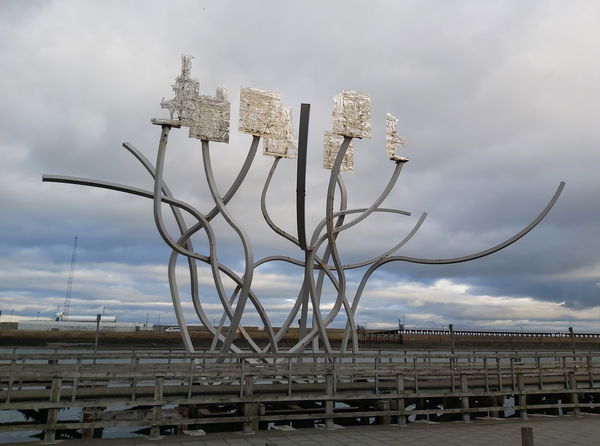
Spirit of the Staithes
Art Blyth NorthumberlandA piece of public art found at Blyth Quayside representing a full sized steam train and tender.
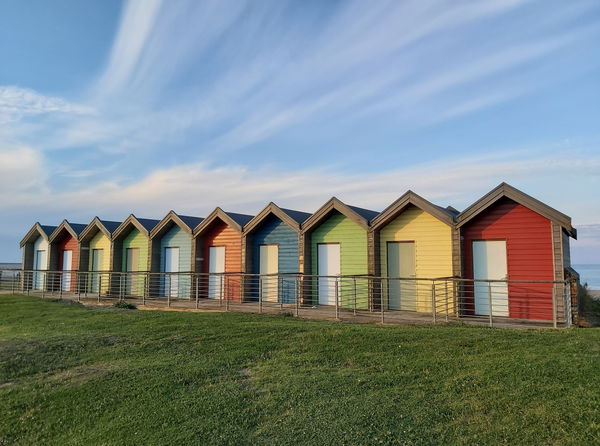
Blyth Beach Huts
Building Blyth NorthumberlandA beautiful set of beach huts situated on the Blyth Promenade.
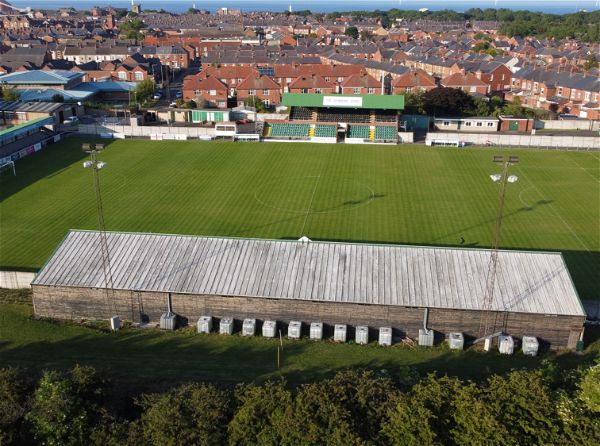
Croft Park - Blyth Spartans
Sport Blyth NorthumberlandThe home of Blyth Spartans - The most famous Non League football club!
More Military
So this military wasn't enough and you want more? Don't worry we have you covered.
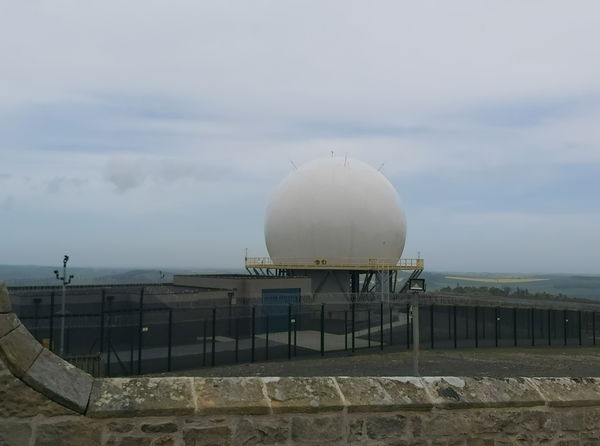
RRH Brizlee Wood Radome Golf Ball
Military Alnwick NorthumberlandA radome housing an RAF radar at Brizlee Wood sitting on top of Alnwick Moor.
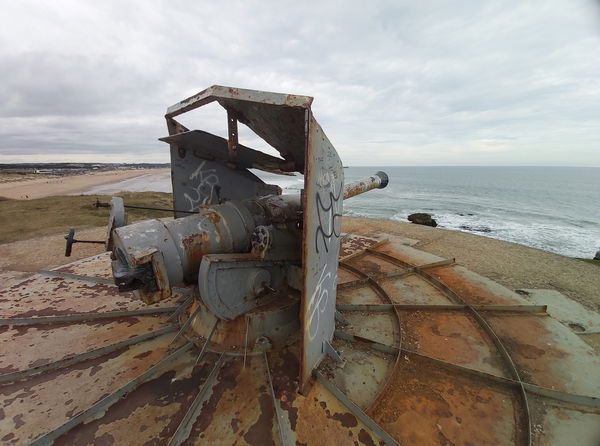
Trow Rock Disappearing Gun
Military South Shields Tyne And WearA unique gun that would disappear into its turret to reload, devised during the Crimean War.
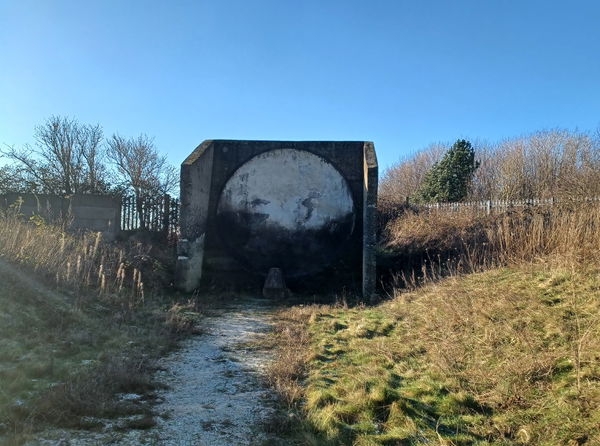
Coastal Watch Mirror
Military Sunderland Tyne And WearWW1 acoustic mirror, which detected German Zeppelins as they approached the coast.
Find Walks To Blyth Battery Guns
Find which walks will visit Blyth Battery Guns and plan your next adventure.
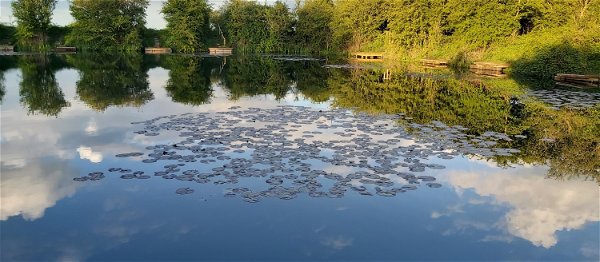
Meggie's Burn And Blyth Coast
6km (4 miles) Blyth NorthumberlandA wander to Meggie's Burn in Blyth and then back along the coast and via the promenade.
Never Miss A Fabulous Place
If you are afraid of missing out on all the fabulous places we post, or just want to be the first to know, then sign up to the Fabulous North.
Each week we will email you all the brand new places that we visit.
Sign Up To AlertsFind Us On Facebook
We post all our new places daily on our Facebook Groups page, so join the group today and be notified when we add a new place.
Join Our Facebook GroupBlyth Battery Guns was listed in Military // Northumberland // Blyth

